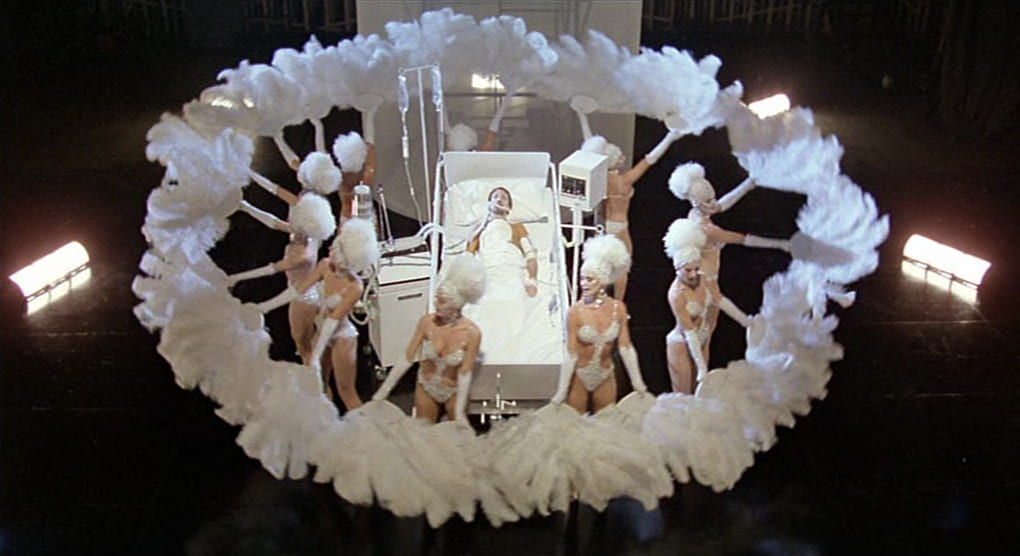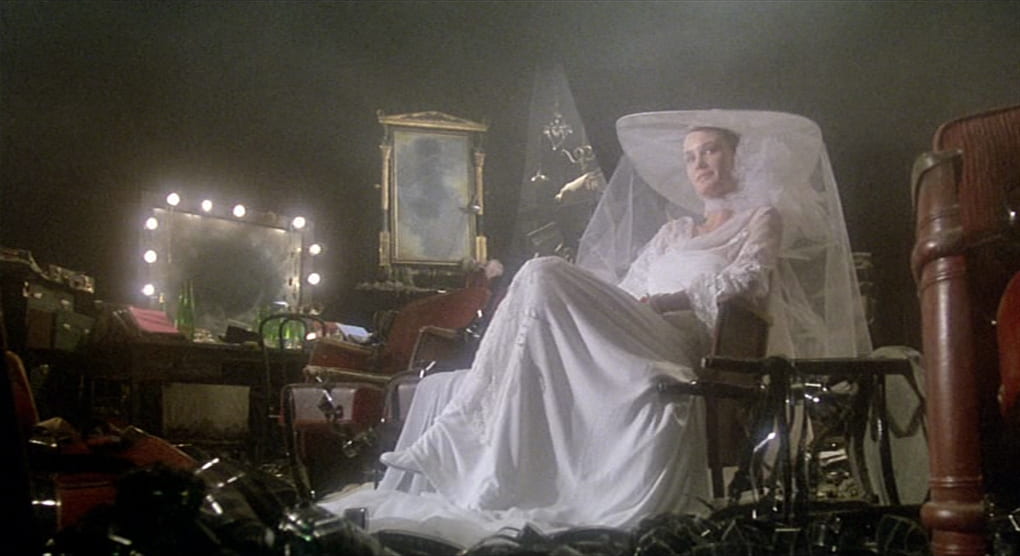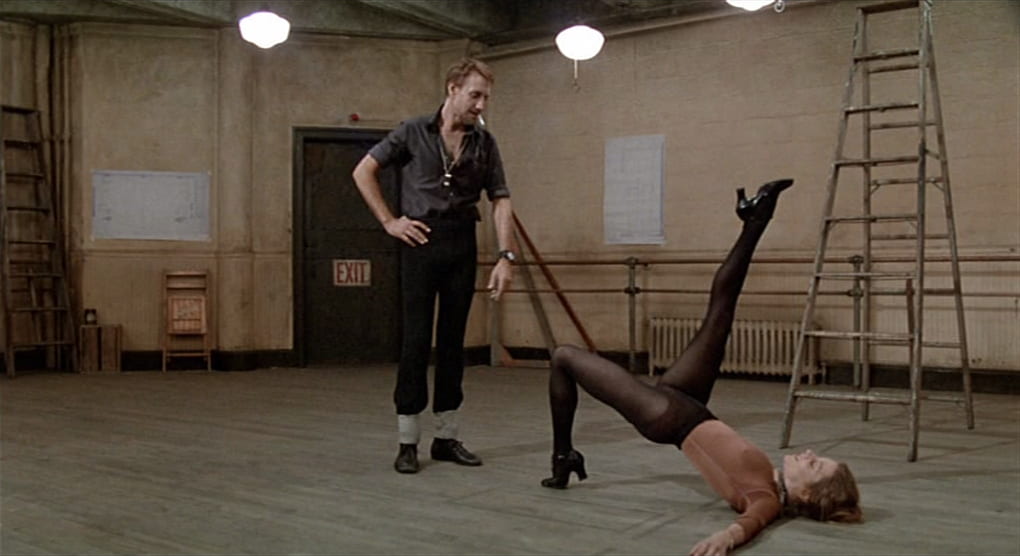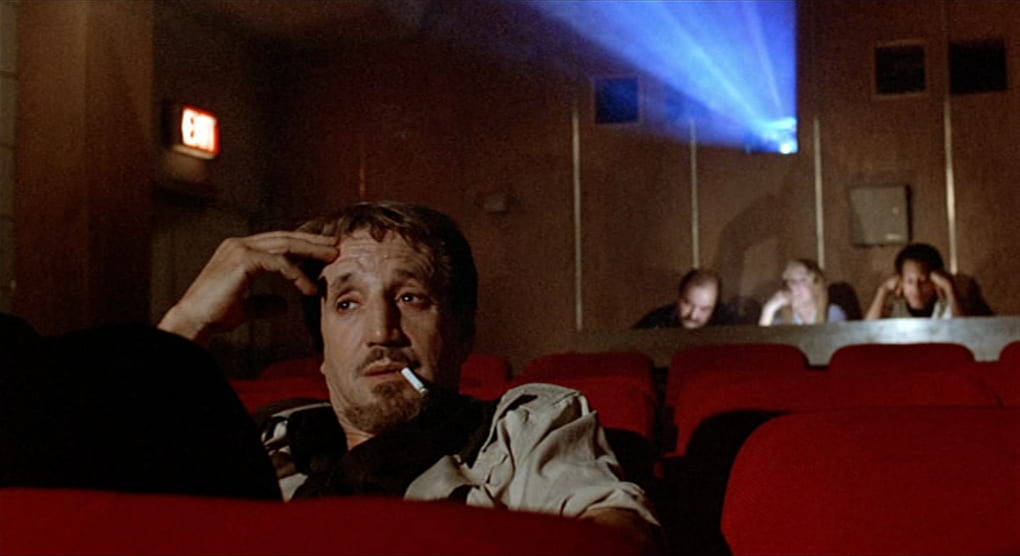
Joe’s final show in All That Jazz
Guest contributor Vlada Lodesk discusses the blurred lines between reality and fantasy, as well as life and art, in Bob Fosse’s magnum opus All That Jazz.
There are a lot of things Bob Fosse’s All That Jazz can be praised for. From its innovative and masterful visual language to its mind-blowing diegetic musical dance numbers, the film breathed new life into the musical genre. Its impact was evident at the 1980 Oscars, where it received nine nominations and secured four wins, though it narrowly missed out on the top honors for Directing and Best Film, which went to Kramer vs. Kramer.
But let’s be honest: All That Jazz radiates more of a cult-film aura rather than a mainstream Academy darling. It simmers with a potent mix of sex, despair, and a dash of psychedelic weirdness — the perfect recipe for a cult classic. Yet, despite serious appreciation in cinema circles, the film hasn’t quite reached the level of fan adoration it deserves. Beyond its aesthetic innovations, All That Jazz serves as a playground for speculation. Where does reality end and fiction begin? The blurred boundaries between Bob Fosse’s life and the on-screen chaos of Joe Gideon seem to be perfect for tantalizing the viewers.
The inception of the film is rooted in Fosse’s own experience, a near-death heart attack in 1974 endured while juggling an impossible schedule of staging Chicago on Broadway and editing the troubled film Lenny simultaneously. The echoes of this experience reverberate throughout the film, intertwining with references to both productions. Ann Reinking even plays herself, Fosse’s (and Gideon’s) lover and muse. You can write a whole investigation tracing all the film’s connections to Fosse’s life (surprisingly, no one has done it so far). But here’s what truly elevates All That Jazz: its raw vulnerability, an attribute inherent in personal documentaries and autofiction. Fosse masterfully blends elements of this filmmaking style with something completely opposite, the musical genre, leading viewers on an empathetic journey alongside a character who, let’s face it, would likely be cancelled in today’s cultural landscape.


In personal documentaries, filmmakers often adopt a first-person narrative and draw on their own experiences. They choose crises (illness or death of a loved one, breakup or unexpected love, addiction) as starting points for their storytelling and use film as a means to articulate traumatic experiences, often (but not always) for therapeutic purposes. Was All That Jazz a therapeutic tool for Fosse as well? We don’t know. However, it undeniably reflects Fosse’s contemplation of his own life. The film exhibits self-reflexivity and refractivity on different levels, creating a structure that any essay film can only envy.
All That Jazz cleverly navigates two worlds: the “real” world — where Joe stages a musical, edits a film, and juggles relationships with his daughter, wife, girlfriend, and occasional hookups — and Joe’s psyche, where he engages with Death personified as the beautiful Angelique. The psyche realm serves as Joe’s confessional, a space where he reflects and comments on things happening in his life, whether it is opening up about the true meaning behind his “I love you” or recounting stories of infidelity.

Joe in the editing room
Another form of the film’s self-reflection is the stand-up monologue from the film that Joe continuously edits and revises. Initially presented in its entirety to the viewer, it introduces all the stages of accepting death. Subsequent appearances of the monologue serve as internal commentary on Joe’s impending end. The role of the monologue constantly shifts between diegetic and non-diegetic spaces. For example, we witness Joe experiencing the first signs of a heart attack as he runs across the street, as the monologue delivers the line, “No, not me, man. Somebody else maybe, but not me.” In this instance, it feels like Joe’s internal reaction to his own mortality. But then, the same part of the comedian’s act is contextualized by Joe rewatching the film footage in the cutting room.
Similar reflexive moments occur within the “real” world sequences as well. Joe constantly distances himself from his own life by collecting moments and lines for his future artistic work. In a sense, he is a total director whose art-generating process never ends. His girlfriend’s comment of “I don’t want you to be so generous with your cock” becomes an alluring artistic inspiration rather than an insult; his fight with his wife turns into a new dance number; and the only time to connect with his daughter is through creating the dance routine. These reflective moments scattered throughout the film culminate in the final performance — Joe’s death — presented through several showstopping numbers that simultaneously reflect on the diegetic storyline, the musical genre as a form, and Fosse’s previous works in film and on Broadway.
The film collapses in on itself. Yet, the fact that Fosse chooses such a confessional and diary-like form to tell Joe Gideon’s story leaves enough room for the viewer to be swept away and deeply moved by it. As Joe opens his heart to us, we can’t help but reciprocate the gesture.
All That Jazz will be screened at IU Cinema on April 13 as part of the City Lights Film Series.

Vlada Lodesk is a big fan of personal documentaries, Agnès Varda, and Siberian landscapes. She is a master’s student at Indiana University with a research focus on nonfiction filmmakers in exile and a grand interest in the film form.